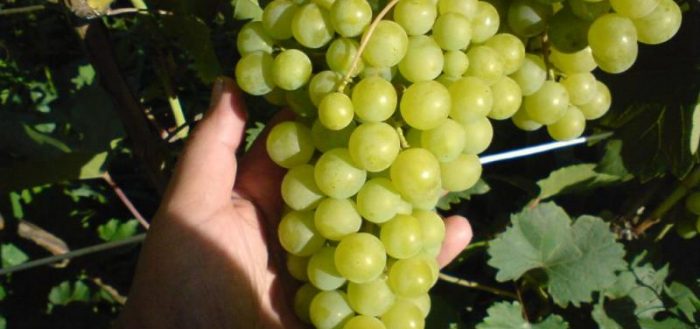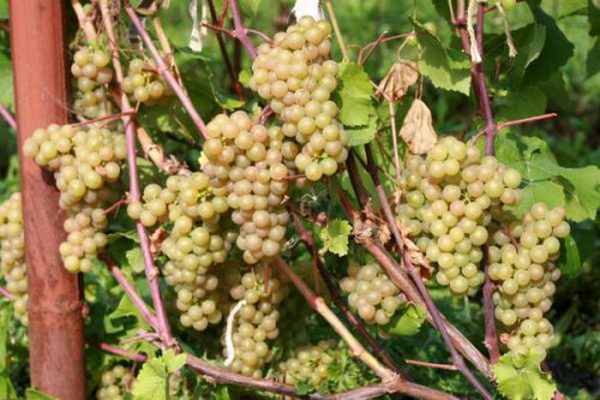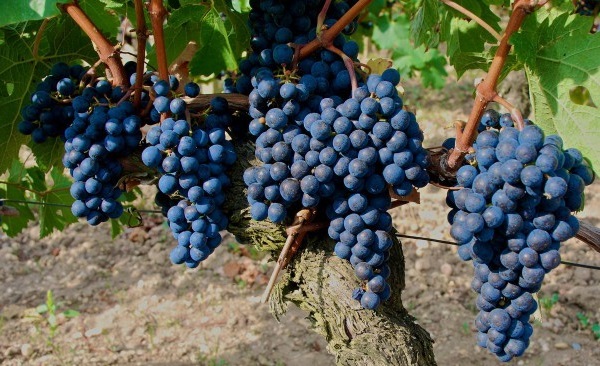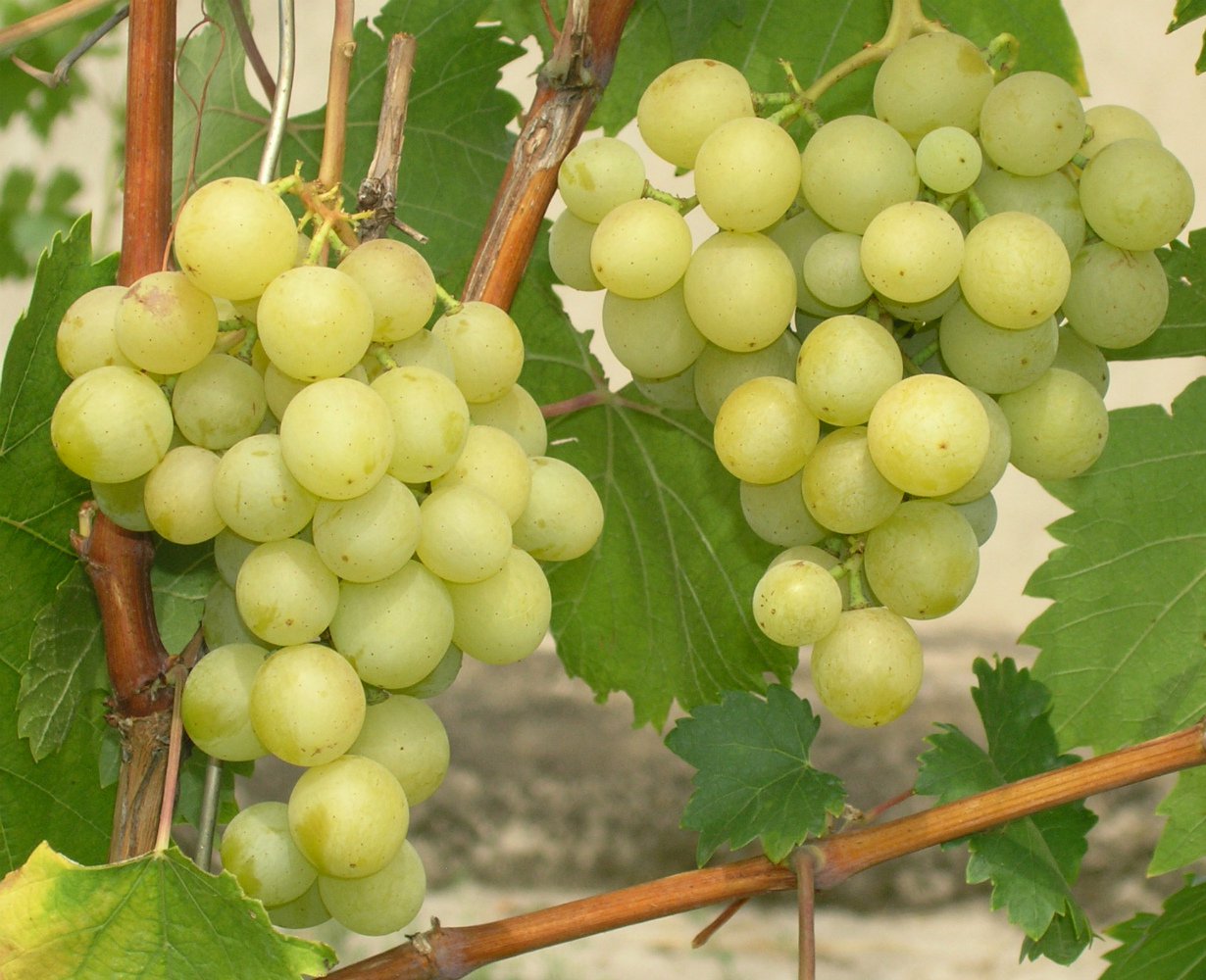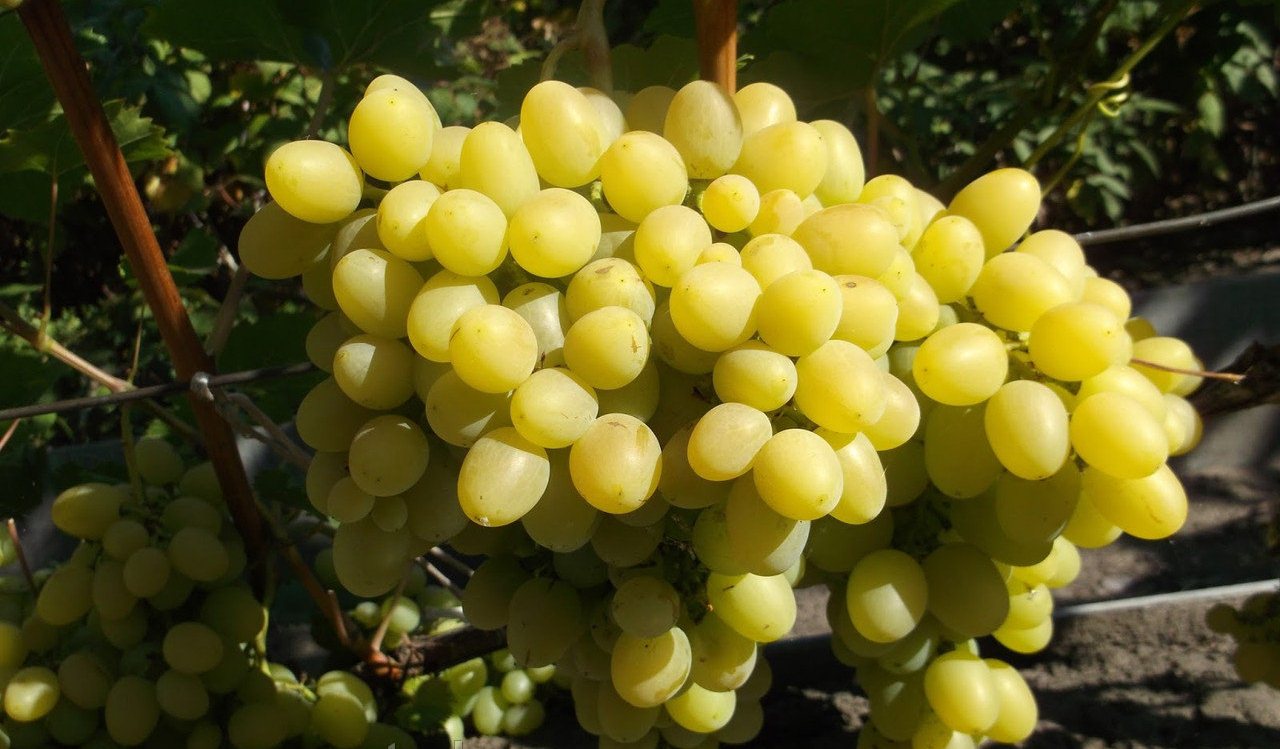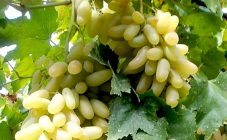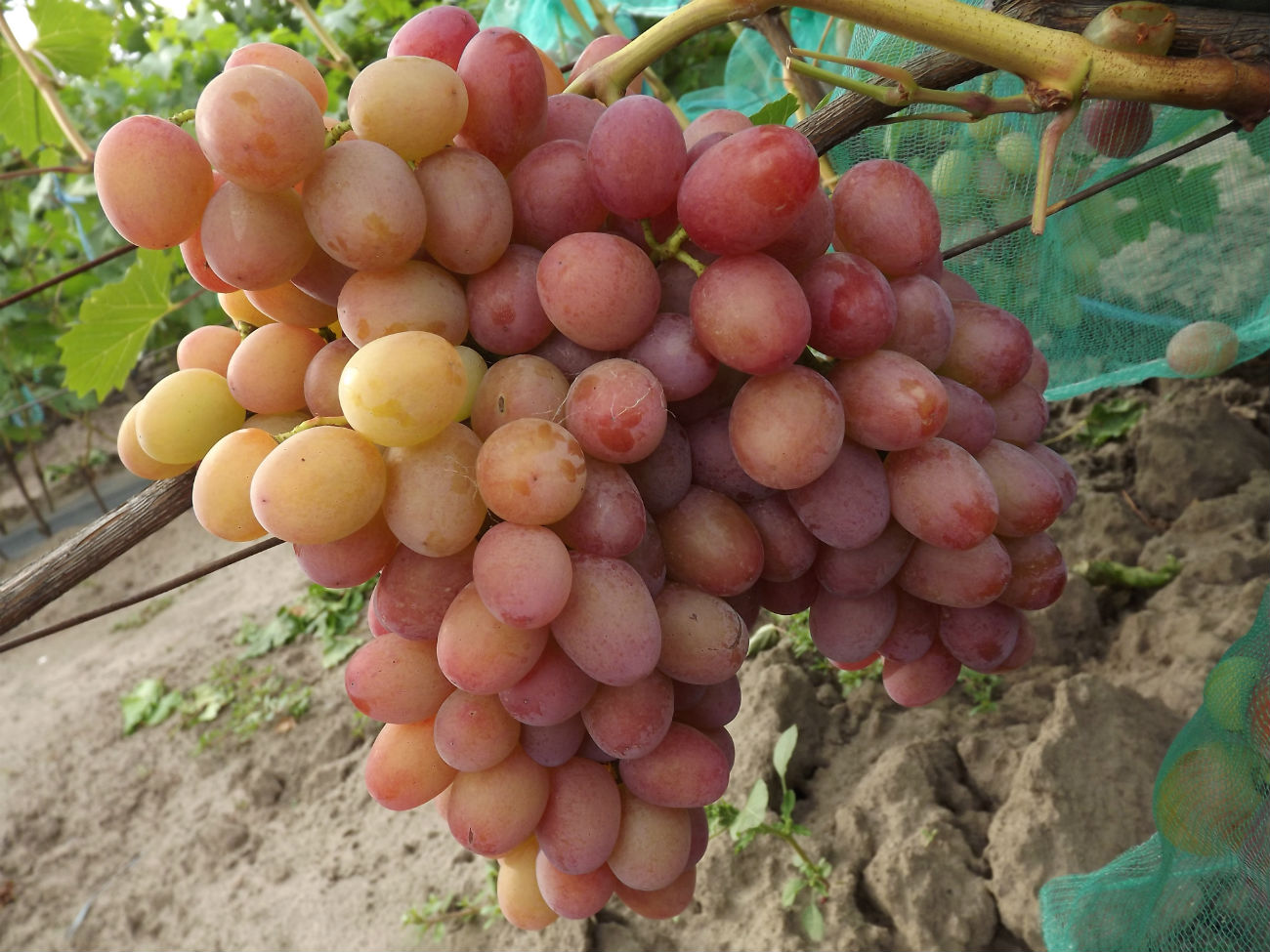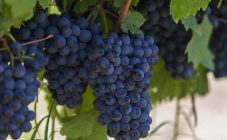Content:
Grapes are a common horticultural crop in the southern regions of Russia. And if in the south almost all grape varieties (including late ones) grow well and bear fruit, in the more northern and cooler regions of the country one can count only on grapes of early and mid-season varieties. One of the popular early varieties is the Tukay grape. It was bred by breeders of the VNIIViv named after Potapenko. Winegrowers got this variety through crossing the famous Pearl Sabo with Yakdona. As a result, an early maturing look was obtained, while productive and frost-resistant. Its last property makes it possible to grow this variety not only in the southern regions, but also in Central Russia (including the Moscow region), the Northwest, as well as in the Urals and Siberia.
Description and characteristics of Tukay grapes
Tukay belongs to the table grape varieties (varieties that can be eaten fresh). The main varietal feature is that it ripens quite early. From the end of flowering to full maturation, an average of three months pass. However, he is not afraid of early autumn frosts. That is why northern gardeners are engaged in its breeding and cultivation, where frosts sometimes occur even at the end of August - beginning of September.
Tukay grapes have cylindro-conical clusters. Most often they are dense, but the density is influenced by various factors (pollination, feeding, watering). With sufficiently good care, the average weight of one bunch is about 800 grams.
The berries of this species are also not small - their average weight is from 3 to 5 grams. The berries have a pleasant taste, nutmeg, not cloying. After fully ripening, the bunches can remain on the bushes for a long time. This will in no way affect their taste.
Bushes of the Tukai variety are powerful and tall. The vine can grow up to 5 meters or more over the summer. There are many leaves, they are dark green. This type of grape, like many others, needs shelter for the winter. It is possible to leave it without shelter only if the air temperature during the cold season does not drop below -25 degrees.
Planting and leaving
First of all, even before planting, you need to choose the right place for the future vineyard. The plot should be bright, sunny, well-ventilated, with good soil.
In general, grapes are not capricious to soil. However, in no case should it be planted on marshy, saline and highly waterlogged soils. Loamy, sandy limestone soil types are best suited for it.
Initially, trenches are prepared. They must be at least one meter wide and up to 70 centimeters deep. This depth is necessary in order to put drainage on the bottom. Broken bricks, crushed stone, gravel can be used as drainage. Then they cover it with good soil from above. If the soil for the future vineyard is poor, you can add humus or compost at the rate of two buckets per square meter. Also, mineral fertilizers should be immediately applied to the trenches, which will provide food for the young vineyard in the first two to three years. In this case, urea or saltpeter, as well as phosphorus-potassium fertilizers, are best suited.Each fertilizer needs 40-50 grams per square meter.
Most often, grapes are propagated by cuttings and layering. It is recommended to plant two or three year old seedlings.
In the first two to three years of cultivation, the vineyard does not need to be fed, since a sufficient amount of fertilizer was applied to the trenches during planting. However, young grapes need abundant watering. It should be watered at least once a week. There should also be a lot of water - 1-2 buckets per 1 young bush. Starting from the age of 3-4 years, watering is reduced - once every 2 weeks, while the water consumption increases to 3-4 buckets per adult plant. It is advisable to feed adult plants three times a season. The first feeding is carried out before flowering - 1 tablespoon of urea per 10 liters of water. Pour at least 1 bucket of nutrient solution onto 1 bush.
The second top dressing is given 5-7 days after flowering. You can also use urea or saltpeter. True, the rate of the latter is different - 2 tablespoons per 10 liters of water. And the last time the grapes should be fed already in August - with phosphorus-potassium fertilizers, which are necessary for plants for a good wintering.
In late autumn, the bushes are pruned. Only the strongest and well-ripened shoots should be left. As a rule, 2-3 vines can be left on each arm, and 7-9 buds on each of the shoots. There is no need to rush to cover the vineyard for the winter. Because of the early shelter, the bushes will begin to rot. It is best to cover the vineyard when temperatures are low (-3-5 degrees) at night, and during the day the air will not warm above + 10 + 12 degrees. But with the opening of grapes in the spring, it is better not to rush. Returning spring frosts can not only affect the harvest, but also destroy awakened buds.
Fighting disease
Very often grapes get sick. Experienced gardeners know about two terrible diseases - mildew and oidium.
Mildew is a dangerous disease that affects the leaves and young shoots of grape bushes. The main symptom of mildew is a mealy bloom, which, as a rule, has an ashy color. The foliage quickly changes color and turns brown. After a while, the leaves dry up completely.
To avoid this, the first step is to cut out all affected vines and leaves with a pruner. In addition, comprehensive prevention is needed. Grape plantings must be mulched (with straw, mown grass, covering material), fed three times per season. Bushes in the summer also need to be constantly pruned, properly shaped and removed stepchildren. All this will provide good ventilation of the trenches. In addition, in order to protect the vineyard from mildew, you should often pour wood ash around it.
Another terrible disease is oidium. It is an ashen-colored bloom, plants smell like rot. Inflorescences are often affected by powdery mildew. As a result, the berries become rough and often crack. A 3% solution of copper sulfate will help to fight against powdery mildew. In this case, the processing must be done at the very beginning of the season and twice. Affected shoots are also cut and destroyed.
Advantages and disadvantages of Tukay grapes
Avid gardeners who cultivate grapes on their plots often grow the Tukai variety. It is in demand primarily due to its early ripening period. Despite this, its clusters are large, the berries are sweet and tasty. Ripe bunches for a long time can not be removed from the bush, the berries will not crumble, this will also not affect the taste and presentation.
In addition, Tukay grapes have an excellent presentation and are well transported even over long distances. It is the latter advantage that is highly valued by winegrowers who grow it on an industrial scale.
The variety has not so many disadvantages. It will not please winegrowers who seek to get huge bunches (2-3 kilograms each), since the average weight of Tukai bunches is 800 grams on average.
Observing agricultural techniques, you can count on a stable high-quality crop.
